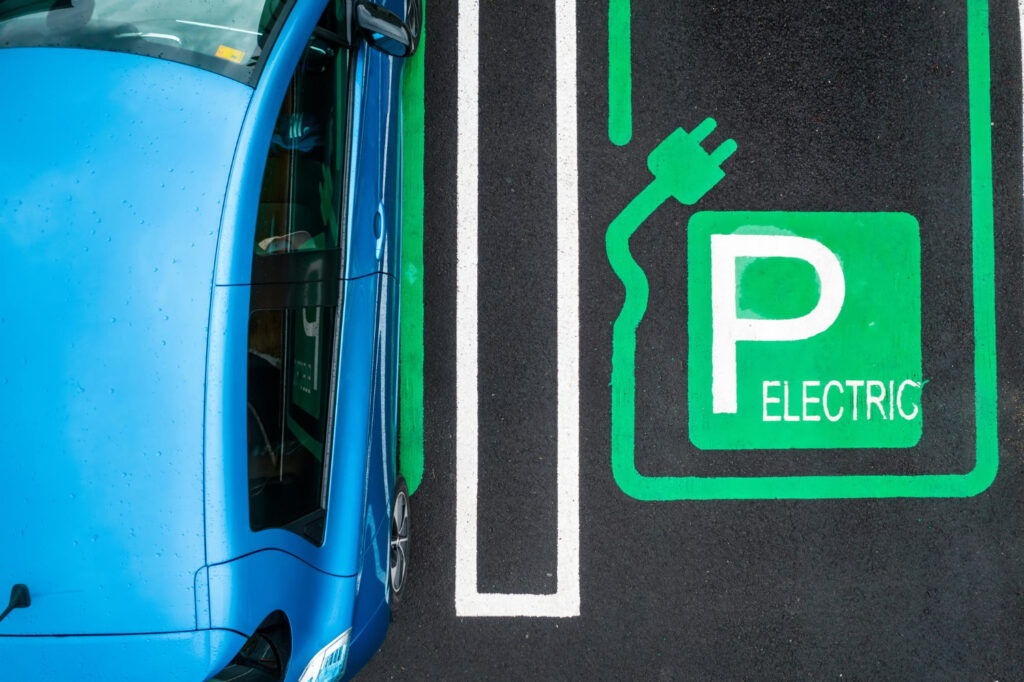5 min read
PART I / AI: A Double-Edged Sword for the Environment
The growing prevalence of AI in various sectors has raised concerns about its environmental impact. Training and operating AI systems demand significant computing power and electricity, resulting in substantial carbon dioxide emissions. However, AI’s environmental effects extend beyond its carbon footprint, making its overall climate impact difficult to quantify.
Specialists such as Professor Felix Creutzig, leading a research group at the Mercator Research Institute on Global Commons and Climate Change in Berlin, see immense potential for AI in addressing climate issues at the urban level, emphasizing the need to reduce energy demands through improved spatial configurations. By employing methods like stacked architecture, and combining machine learning with traditional mechanical modelling, insights into building behaviour can inform urban planning for low-energy use and high quality of life. However, he stresses the importance of regulating AI use to ensure efficiency and avoid unintended environmental consequences.
Let’s examine the potential optimization of manufacturing processes, AI energy management (IoT), the integration and management of renewable energy sources, carbon capture processes and storage, and also AI in ESG investments and decisions of wide-ranging AI adaptation across all sectors.
AI for Sustainable Mineral Exploration
The surge in demand for minerals critical to green technologies such as cobalt, lithium, and copper has highlighted the urgent need for innovative exploration methods. Current supplies fall short of projected demand, with lithium demand set to outstrip global supply fivefold by 2030, as per the International Energy Agency.
To address this challenge, governments, researchers, and companies are turning to AI-powered solutions. By leveraging the algorithms to analyze vast datasets, teams can swiftly identify high-potential mining sites across the world, significantly reducing exploration timelines.
The abundance of subsurface data poses a significant challenge in traditional exploration methods. However, AI offers a solution by efficiently processing this wealth of information, minimizing uncertainty in locating mineral deposits. With mining operations investing substantial resources in prospecting, the adoption of AI technologies promises substantial time, resources, and cost savings.
AI and the Melting Ice Caps
Glaciers play a significant role in the Earth’s climate system, and their melting contributes to rising sea levels and altered ocean circulation patterns. Recent research from the British Antarctic Survey suggests that the Antarctic ice sheets are melting at an accelerated rate, leading to concerns about the stability of polar ice caps and their impact on global sea levels.
By employing an AI algorithm, researchers analyzed SAR data collected from October 2019 to September 2020, identifying nearly 30,000 icebergs measuring approximately 1 km² or less in the Amundsen Sea Embayment of West Antarctica. This groundbreaking approach aims to create a digital representation of the Antarctic Sea, facilitating a deeper understanding of the intricate interplay between the ocean, ice, and atmosphere.
The scientists applied medical imaging technology to SAR satellite imagery of polar oceans. The method demonstrates high accuracy and scalability, offering the potential for real-time monitoring beyond the study area.
AI vs. Detecting Natural Disasters
Natural disasters like earthquakes, floods, and hurricanes often strike without warning, causing widespread devastation. However, the integration of AI into disaster prediction systems offers hope for mitigating these impacts. By analyzing vast amounts of data, AI-powered models can accurately forecast the occurrence of various natural disasters, providing valuable insights for disaster preparedness and response efforts.
- Earthquakes:
AI systems trained on seismic data can analyze earthquake patterns and predict their locations and aftershocks. For instance, a neural network developed by Google and Harvard demonstrated superior accuracy in forecasting seismic aftershocks compared to traditional methods. Similarly, ongoing research aims to leverage satellite imagery and AI algorithms to predict earthquakes and tsunamis, enhancing early warning systems and facilitating timely evacuation procedures.
- Floods:
AI frameworks, such as those being developed by Google, utilize rainfall and flood simulations to forecast floods and provide alerts through digital platforms like Google Maps. Moreover, AI algorithms can analyze crowd-sourced data from social media platforms to monitor urban flooding, enabling rapid response measures and enhancing situational awareness during flood events.
- Hurricanes:
NASA and Development Seed have leveraged satellite imagery and machine learning to track hurricanes with unprecedented accuracy, enabling more timely and precise forecasts. By continuously monitoring atmospheric conditions and storm trajectories, AI-powered systems contribute to effective hurricane preparedness and disaster mitigation strategies.
- Volcanic Eruptions:
Researchers are employing AI techniques to analyze volcanic ash particles and geological data, aiding in the prediction of volcanic eruptions and the development of hazard mitigation measures. IBM’s Watson program, for instance, aims to predict eruption locations and intensities based on seismic and geological indicators, potentially reducing the risk of fatalities in volcanic regions.
- Fires:
AI-powered sensor systems, like the N5 system in San Antonio, detect chemical traces and smoke particulates to identify potential wildfire outbreaks. By analyzing sensor data in real-time, these systems enable early detection of fires, allowing for swift response actions and efficient resource allocation.
Despite the advancements in AI, several challenges remain. AI’s reliance on historical data limits its ability to adapt to evolving disaster patterns, particularly those influenced by climate change. Nonetheless, ongoing research and technological innovations hold promise for further improving the accuracy and reliability of AI-powered disaster prediction systems, ultimately enhancing our ability to mitigate the impact of climate change.
To help environmentally conscious investors, Semantic Visions’ ESG index is like a GPS, guiding them to companies that walk the sustainability talk. By crunching data from over 270,000 news sources daily, it highlights companies with stellar environmental, social, and governance practices. With this index, investors can put their money where their eco-friendly values are, making green investments that not only grow their portfolios but also make a positive impact on the planet.




